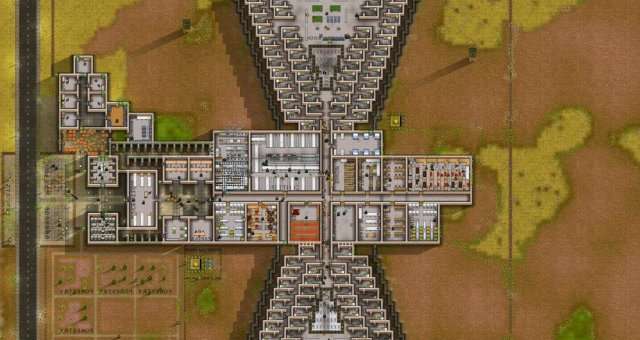

The UK’s most recently built and largest prison, HMP Berwyn, is a post-PFI design and has been subject to superficial adjustments to try and mitigate the potentially de-humanising effects of a largely logistical environment – including the installation of large-format images and use of bright colours. Working alongside the MoJ Prison Estate Transformation Programme, Matter explored an alternative methodology, drawing on evidence from environmental psychology and user experiences to inform design decisions.įieldwork study visits to two recently built establishments, gave insights at a particular moment in the prison building programme.

In 2017, supported by the RIBA Research Trust and Innovate UK, Matter Architecture led a multi-disciplinary team to produce a research-based design guide on supporting health and wellbeing through prioritising design measures in the prison environment. It raises whether prison architecture can be designed to support prisoners to rehabilitative ends through design considerations. A renewed government commitment to the rehabilitative function of prison brings the practical, economic and ethical issues together.

Recently, the debate on the purpose of prison has shifted, with a greater emphasis on enabling rehabilitation and reducing reoffending alongside punishment and secure detention.Īlthough architecture alone cannot direct an individual’s behaviour, environmental psychology proposes that the design of the built environment has a significant effect and can support positive change.


 0 kommentar(er)
0 kommentar(er)
